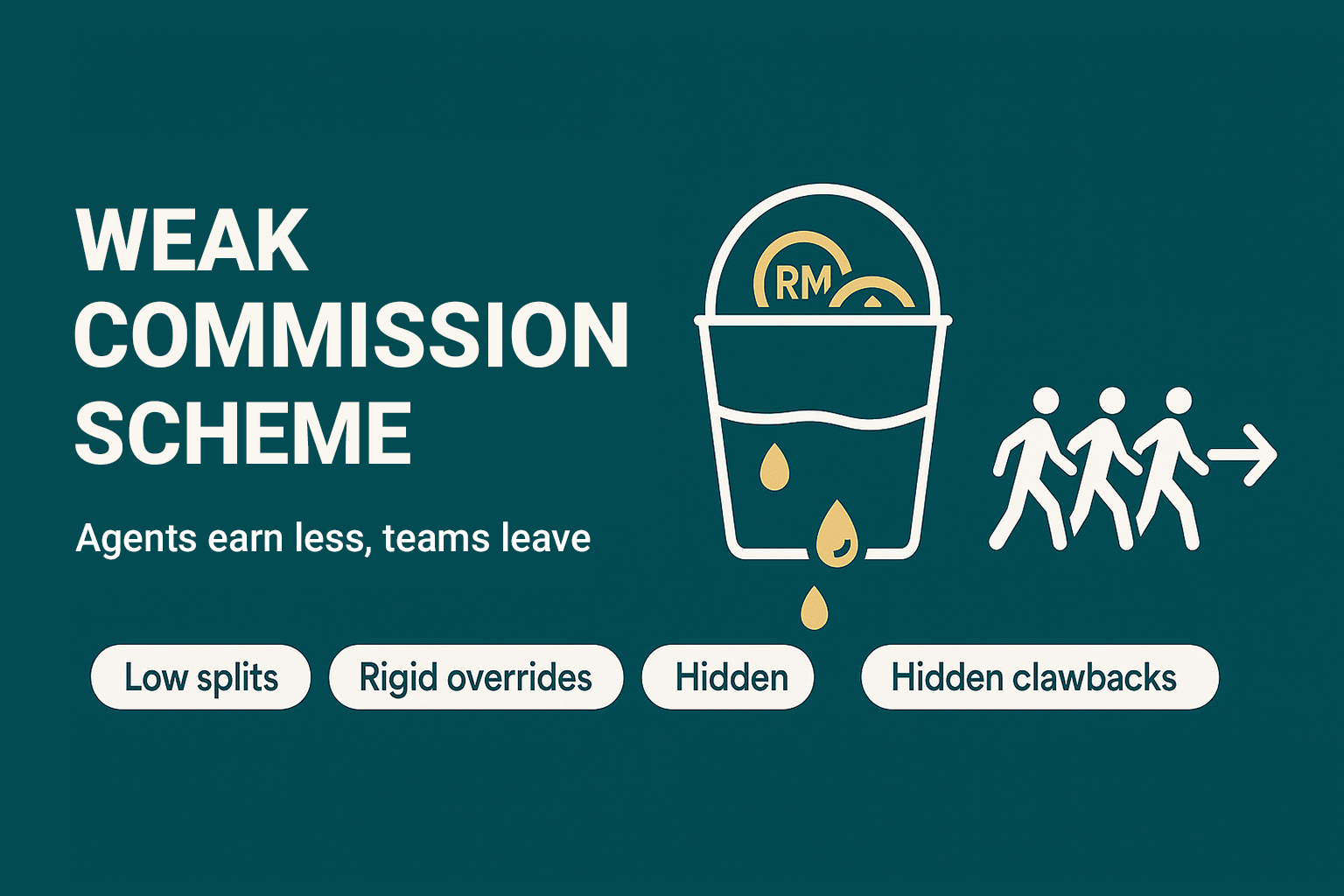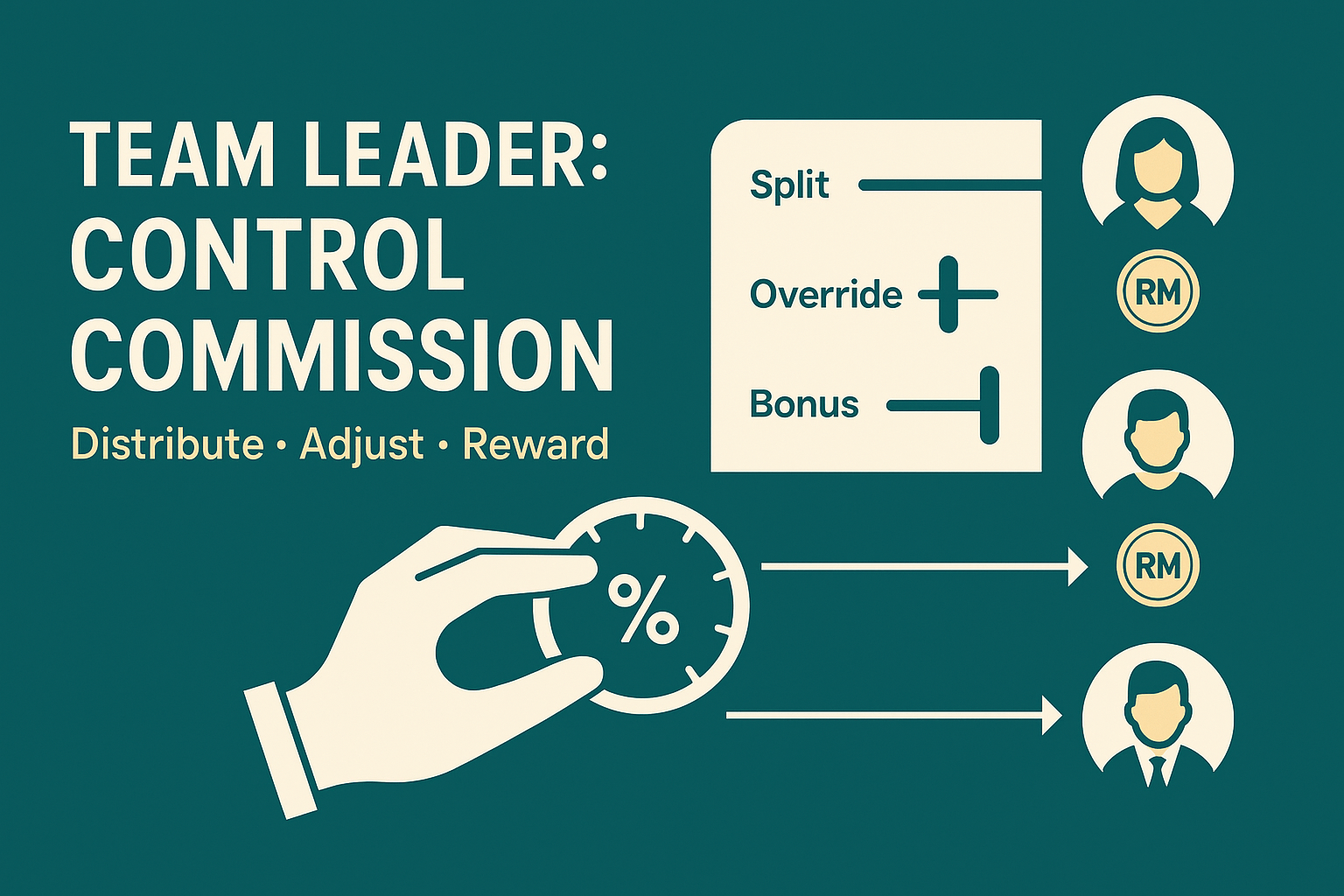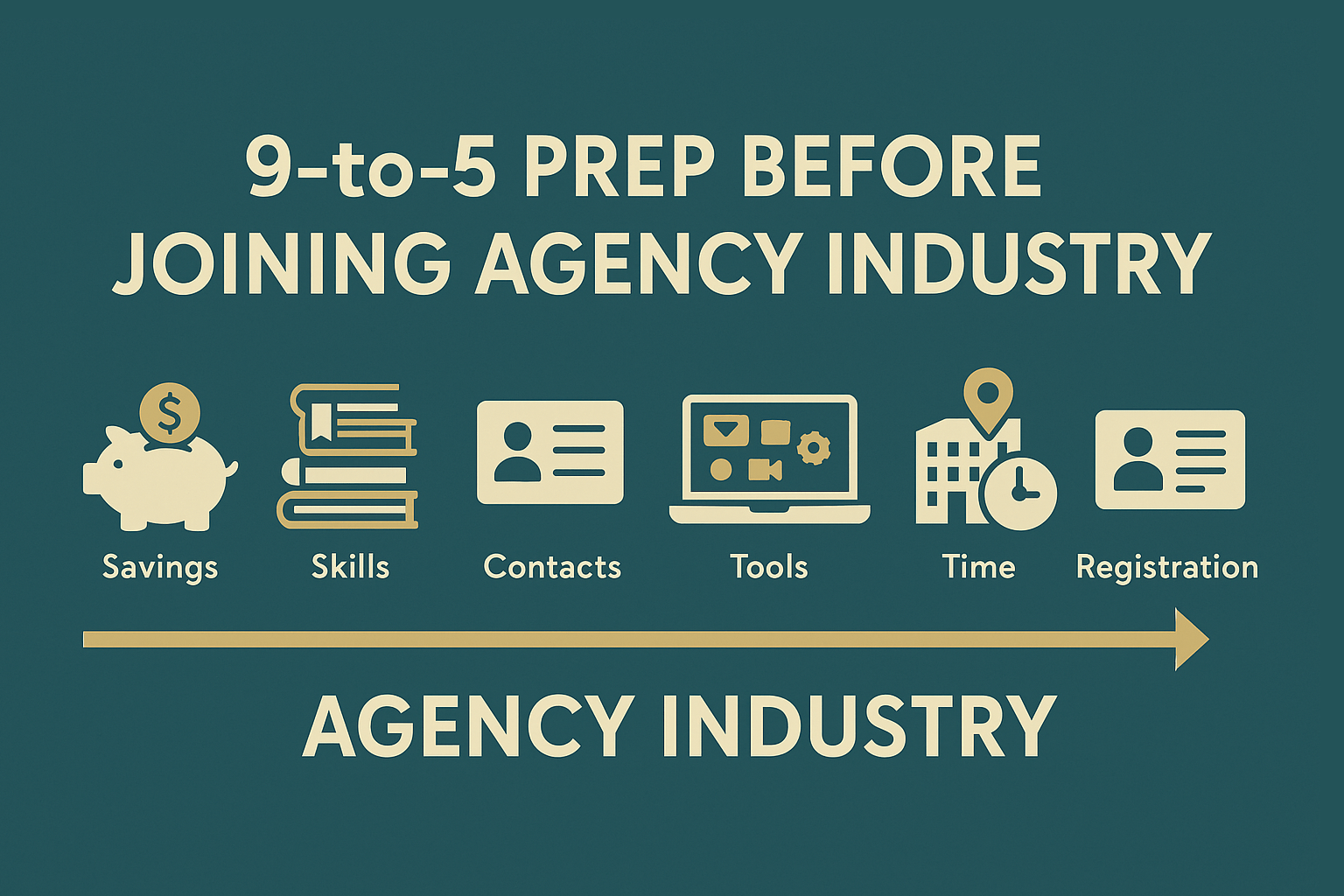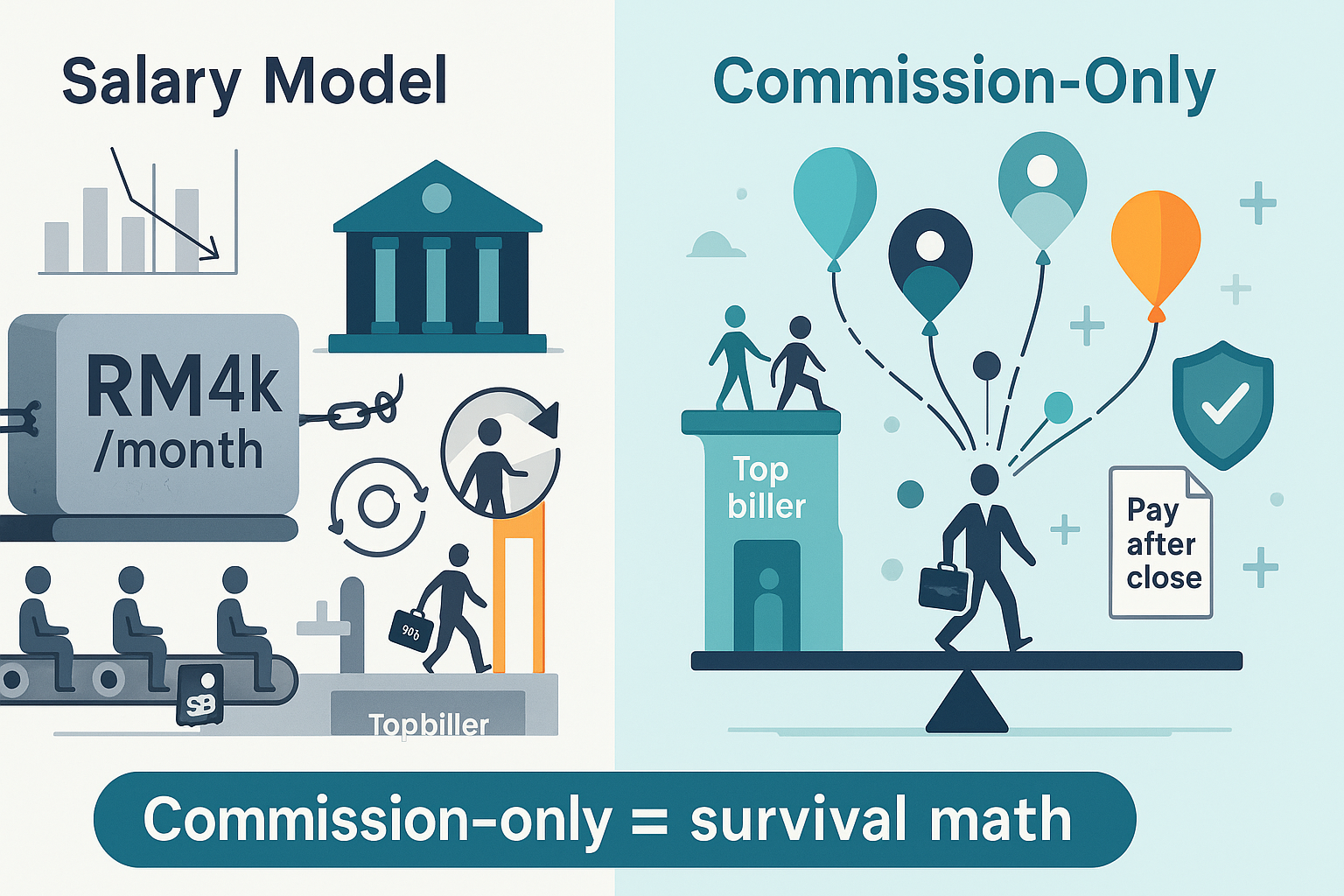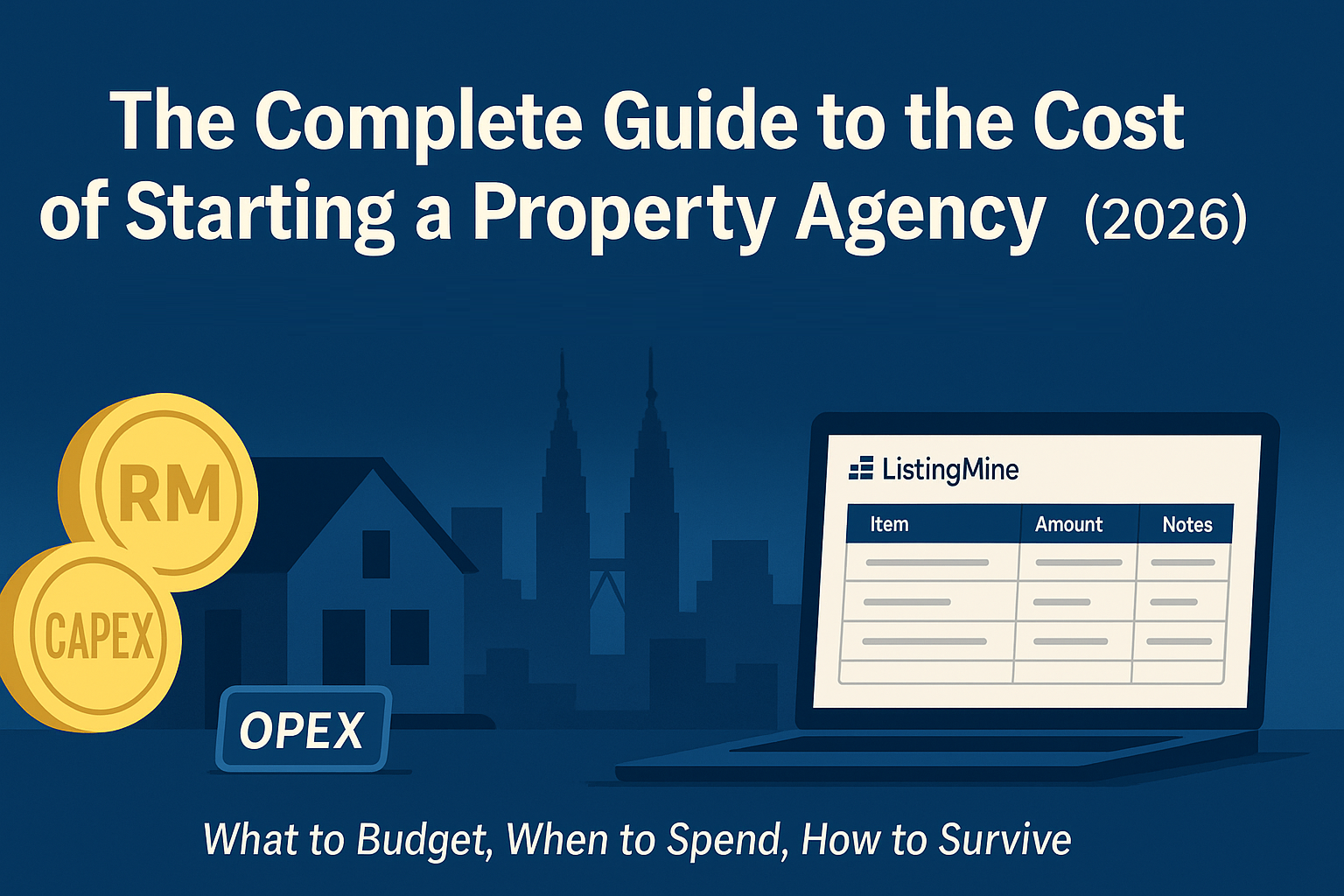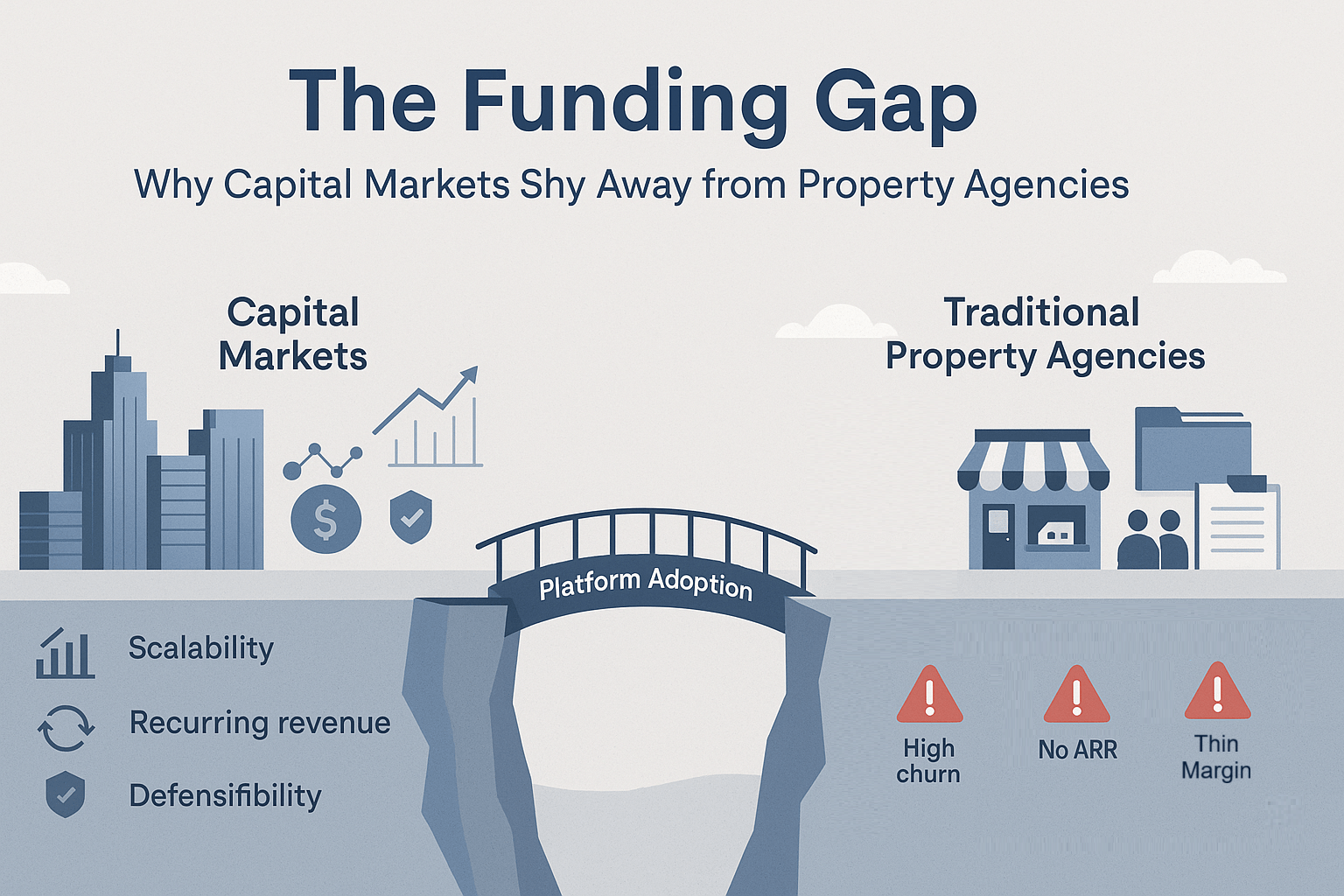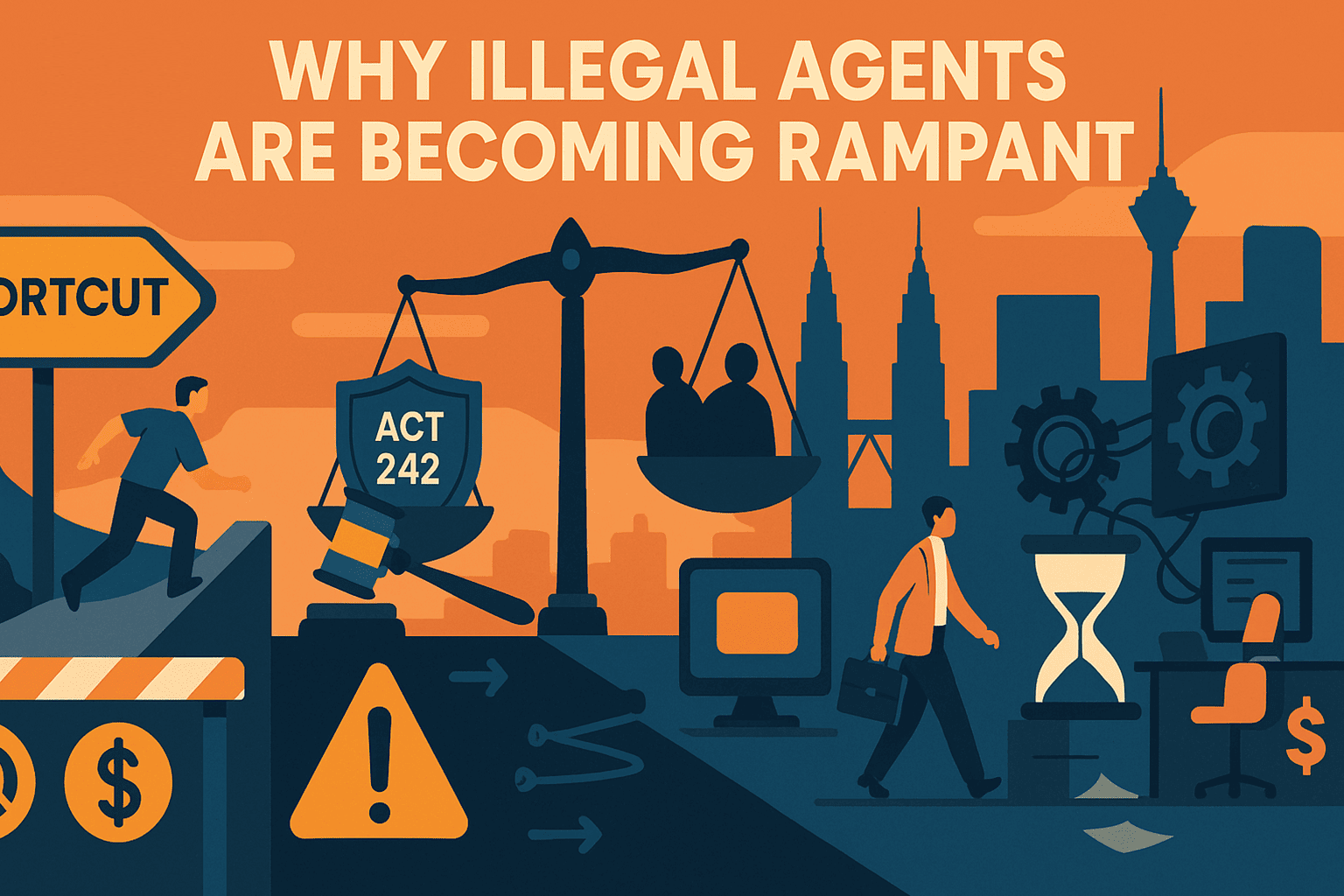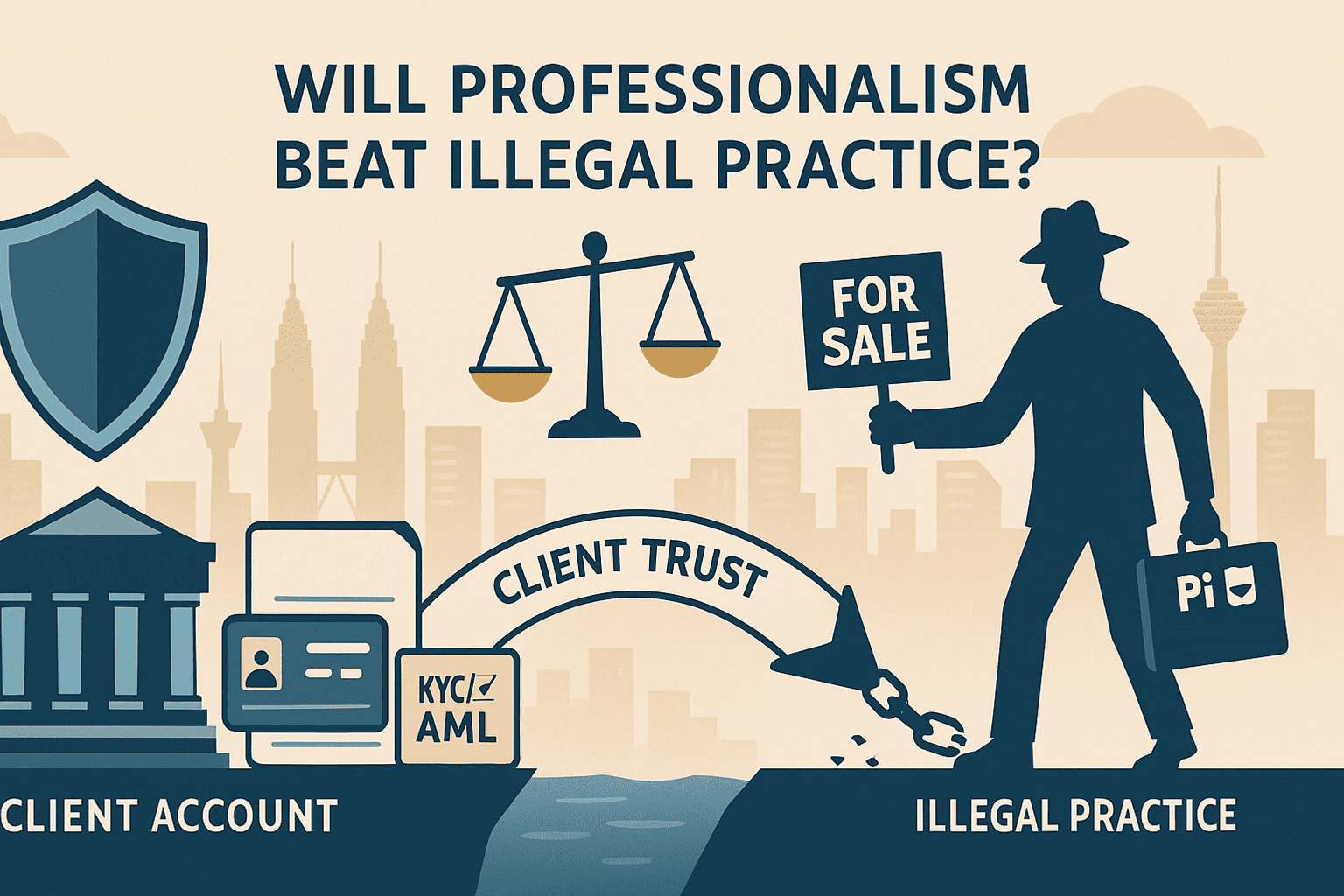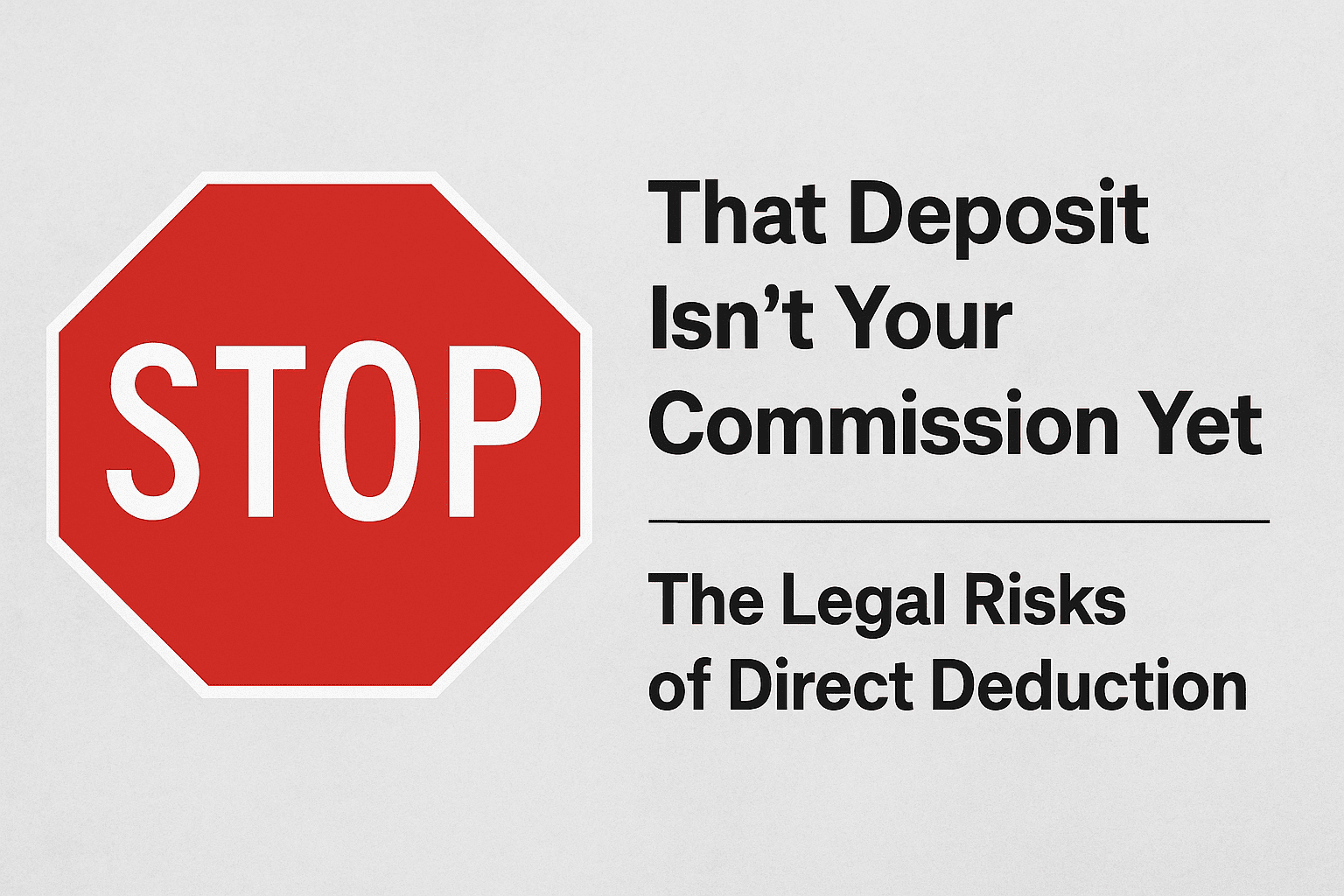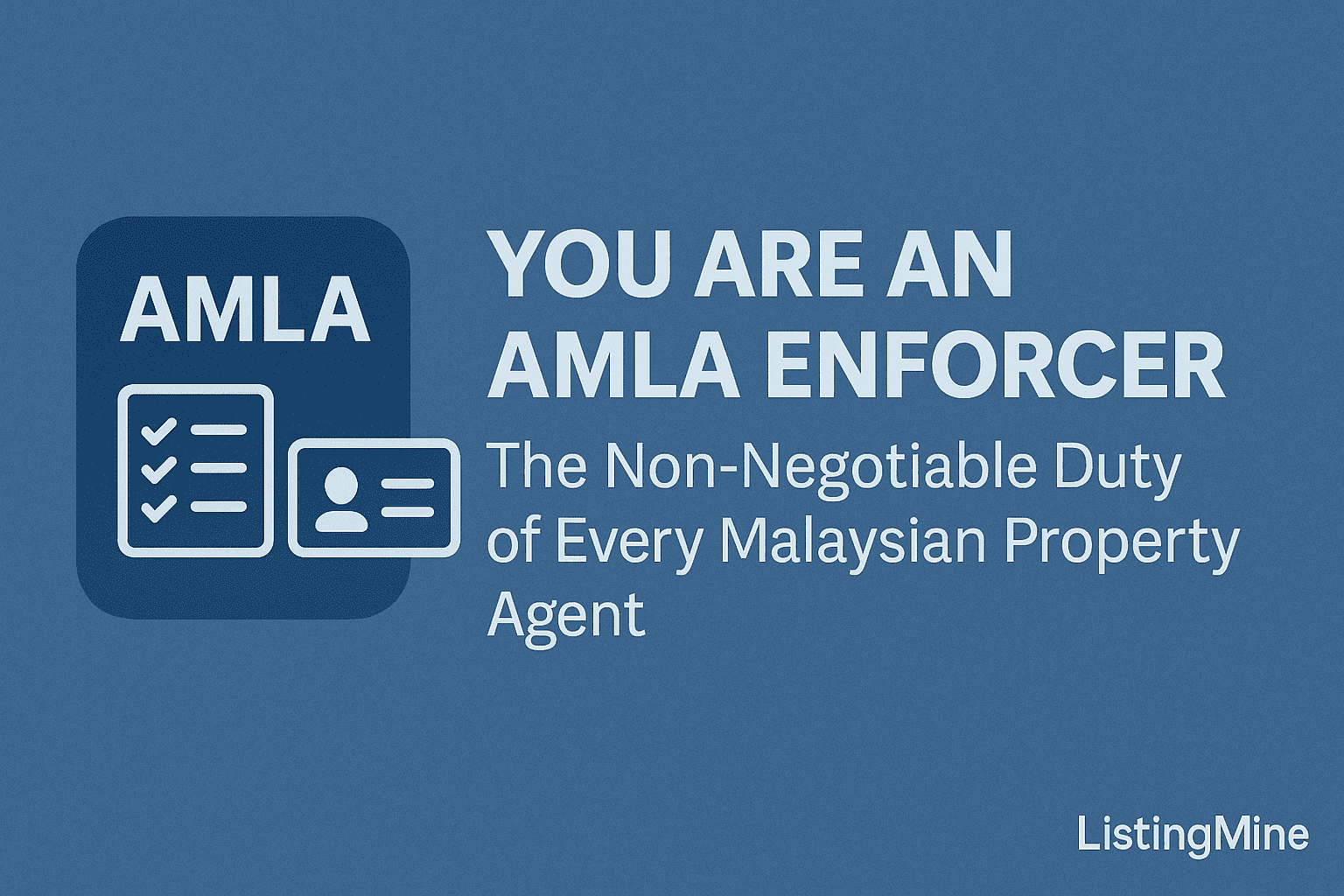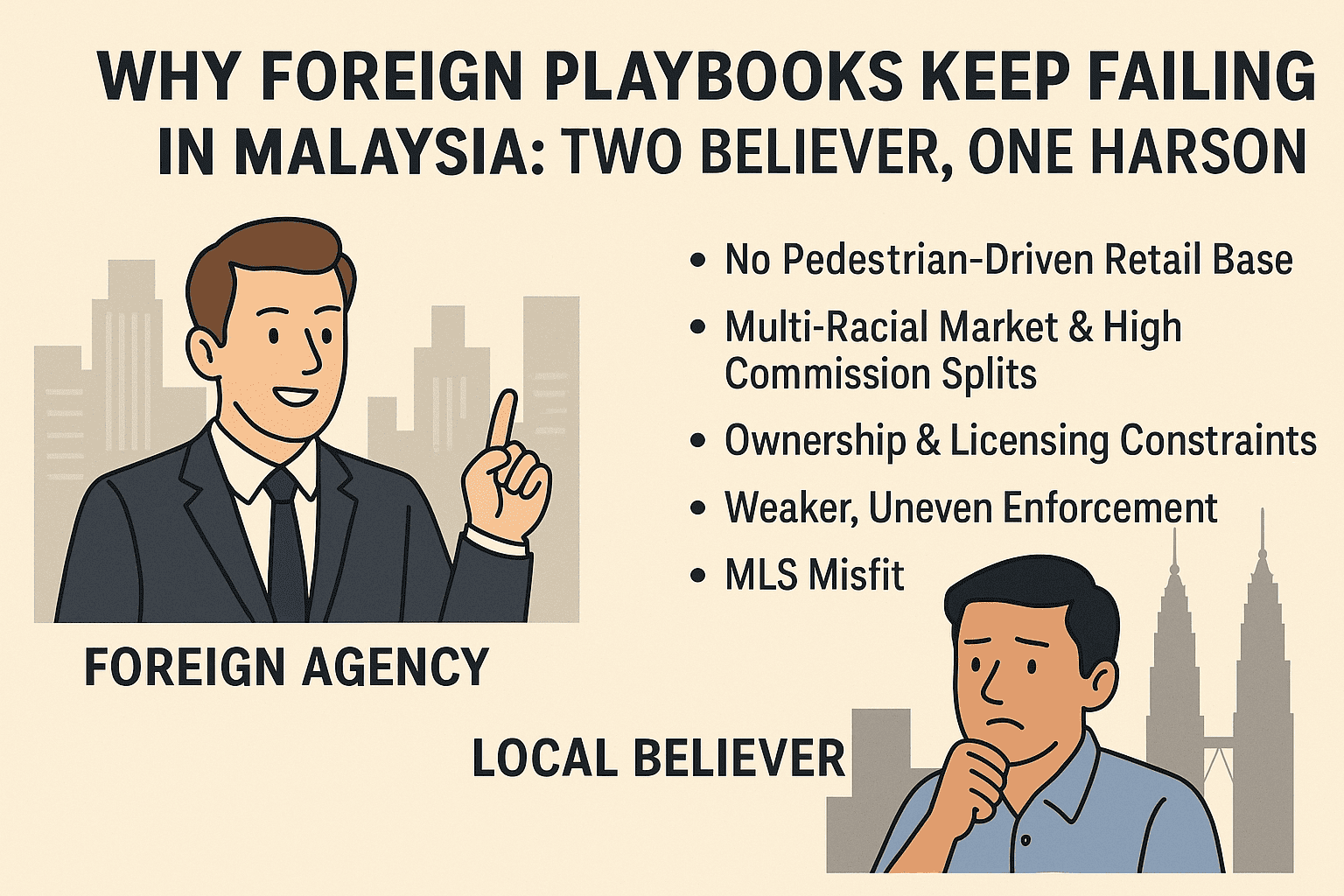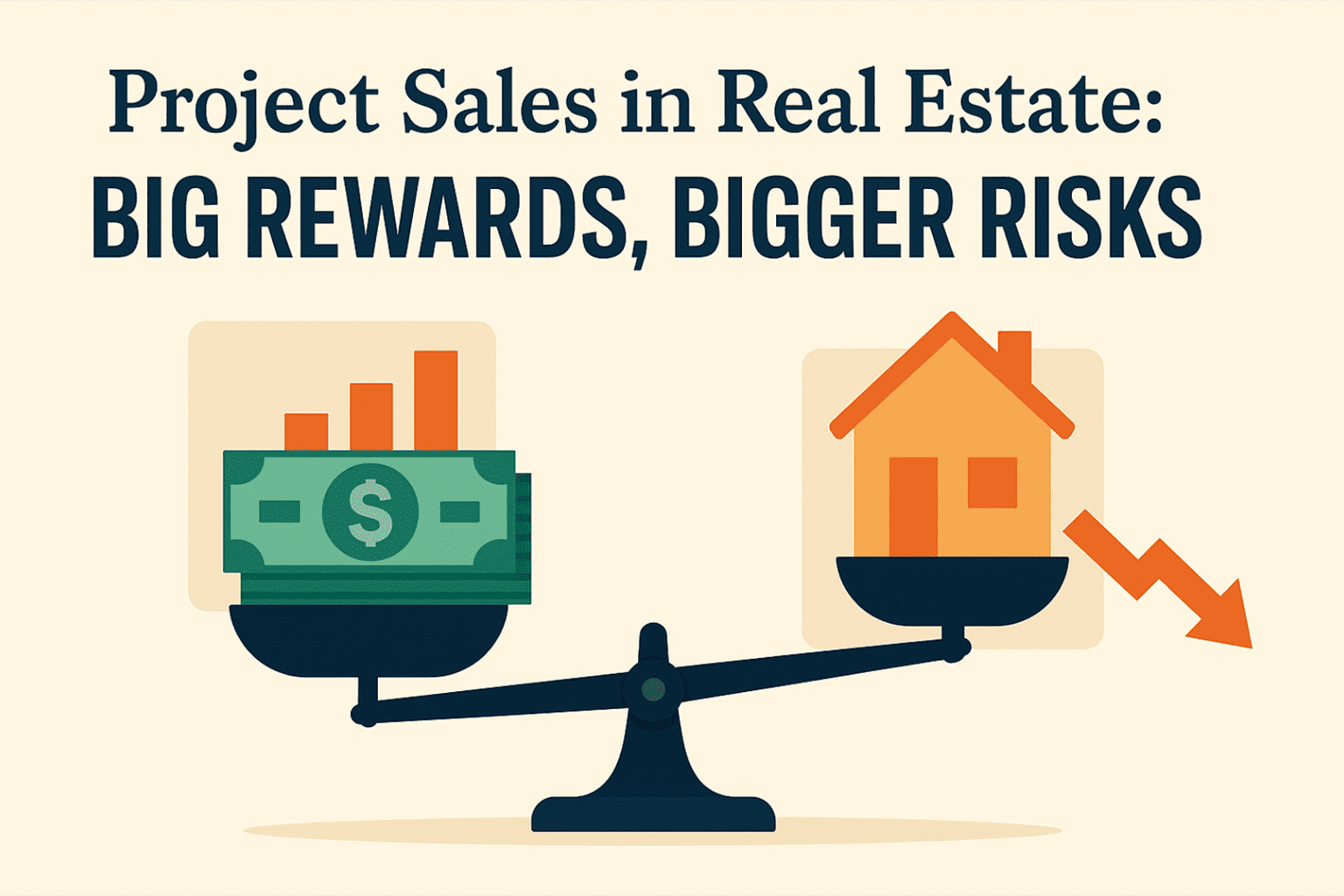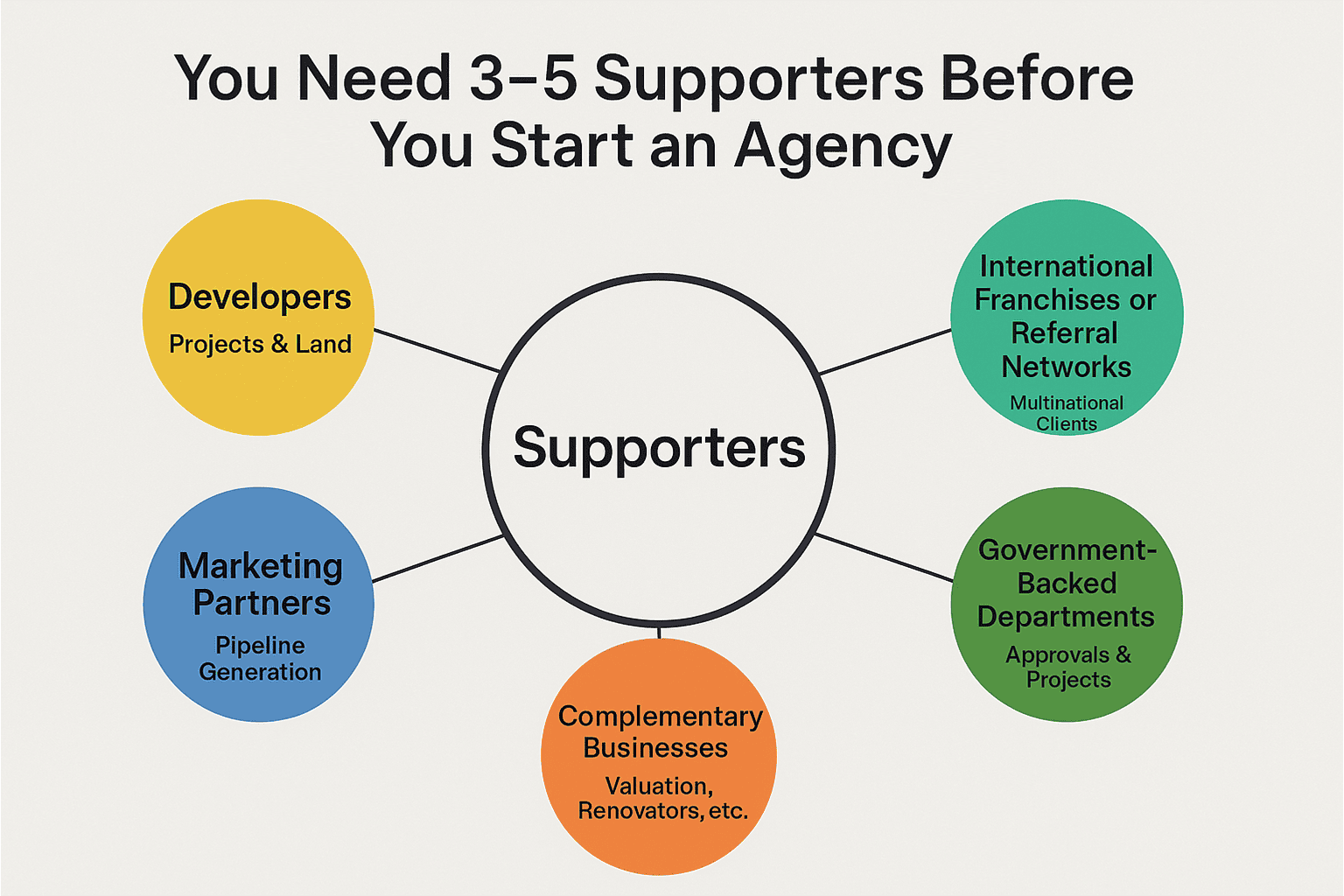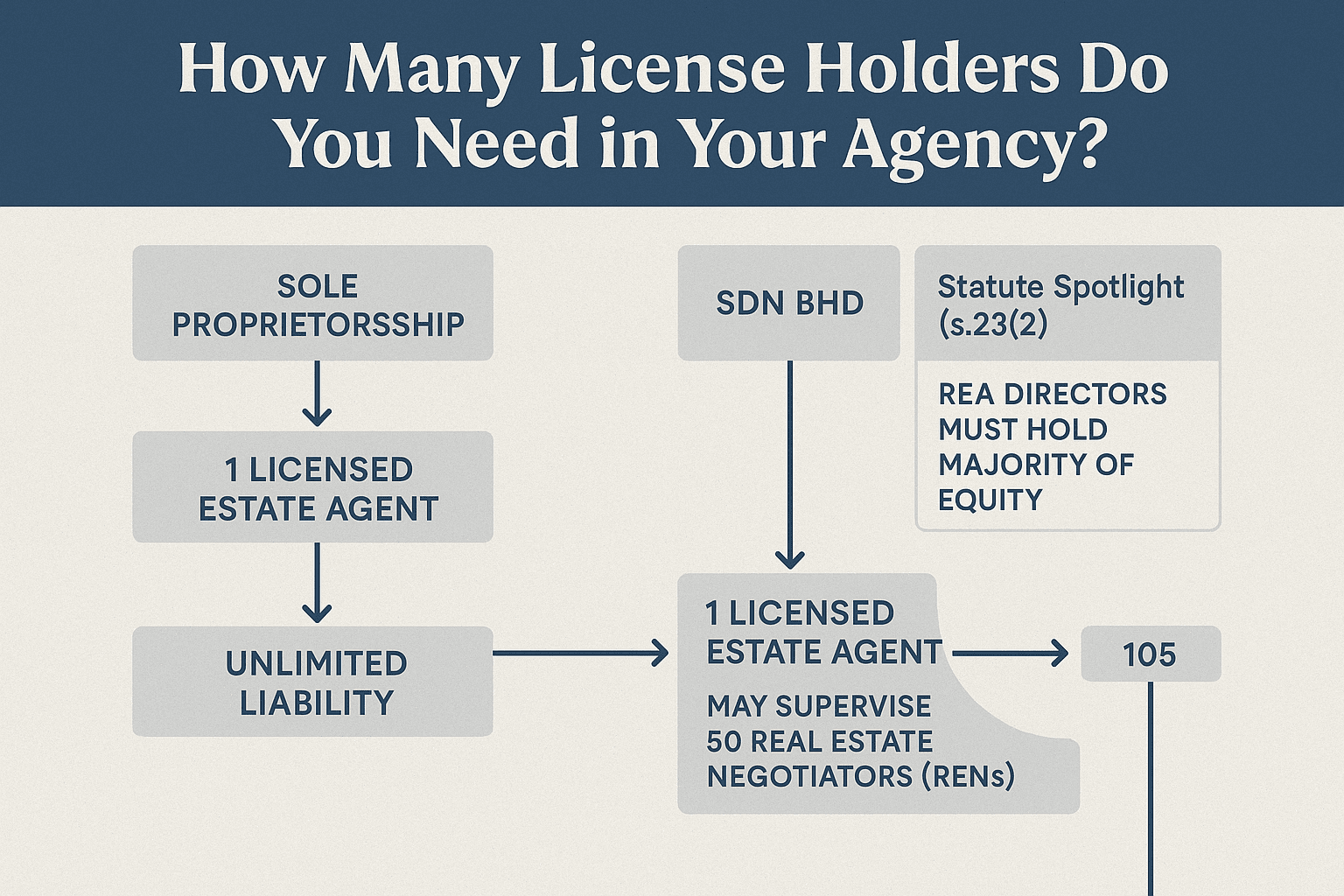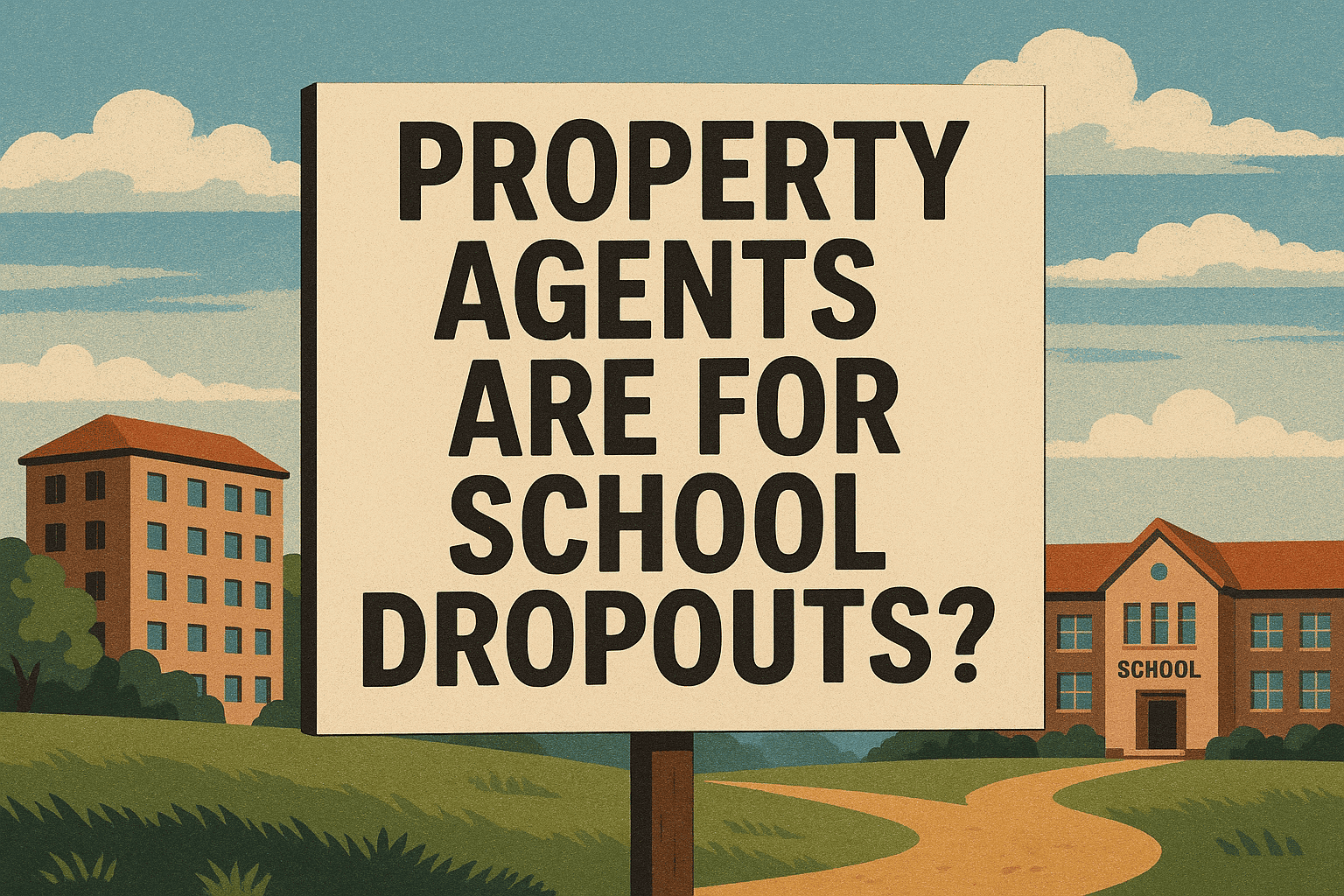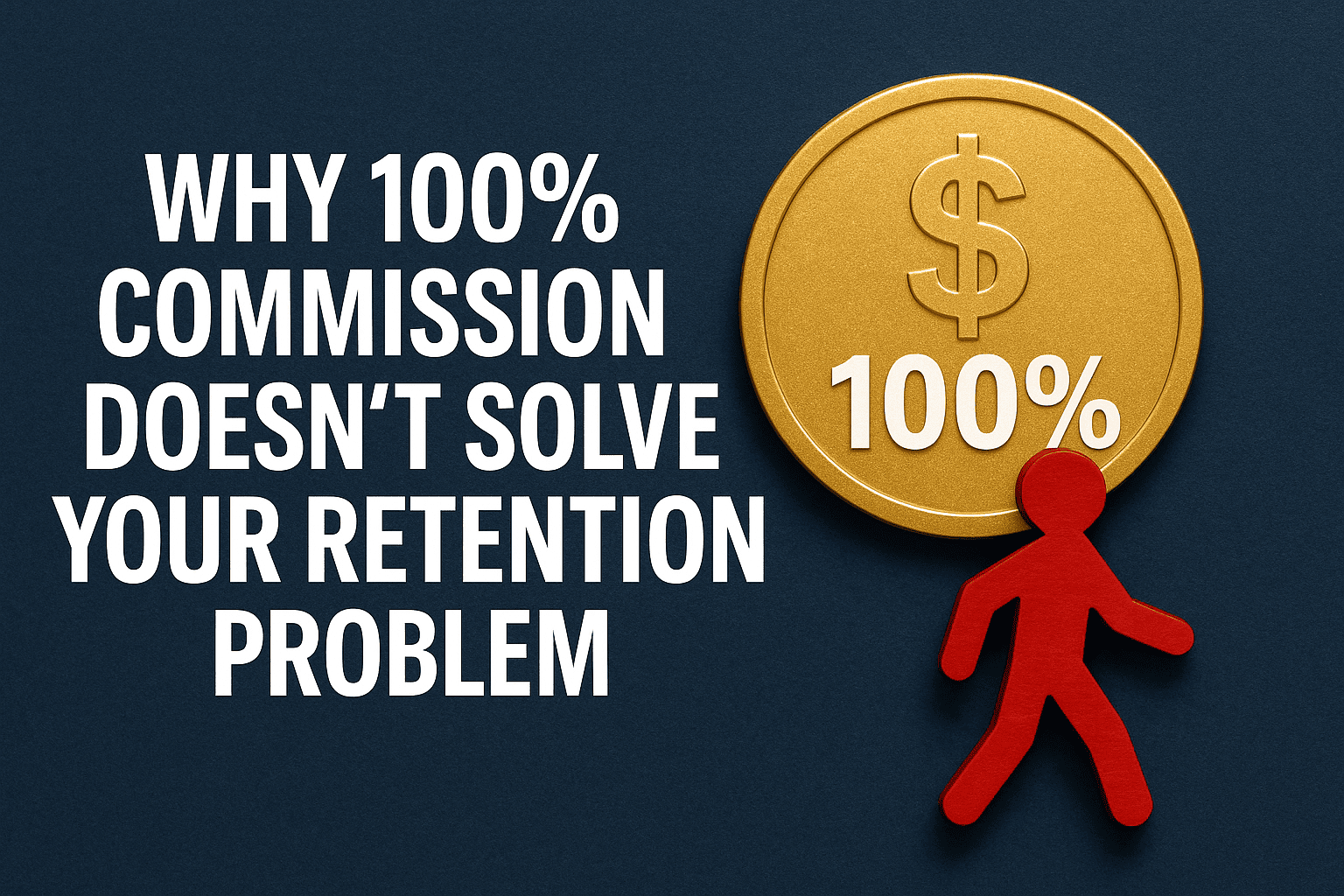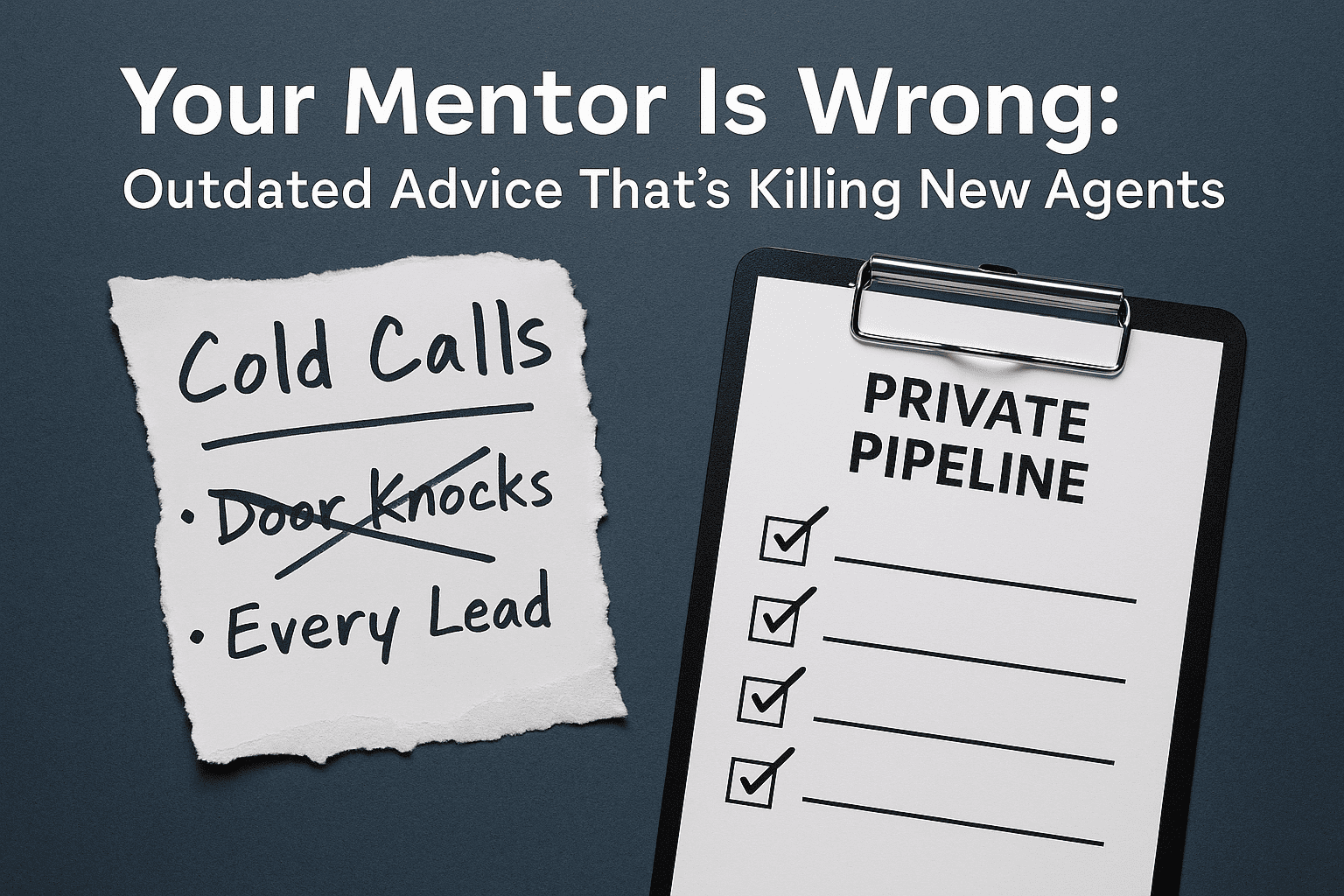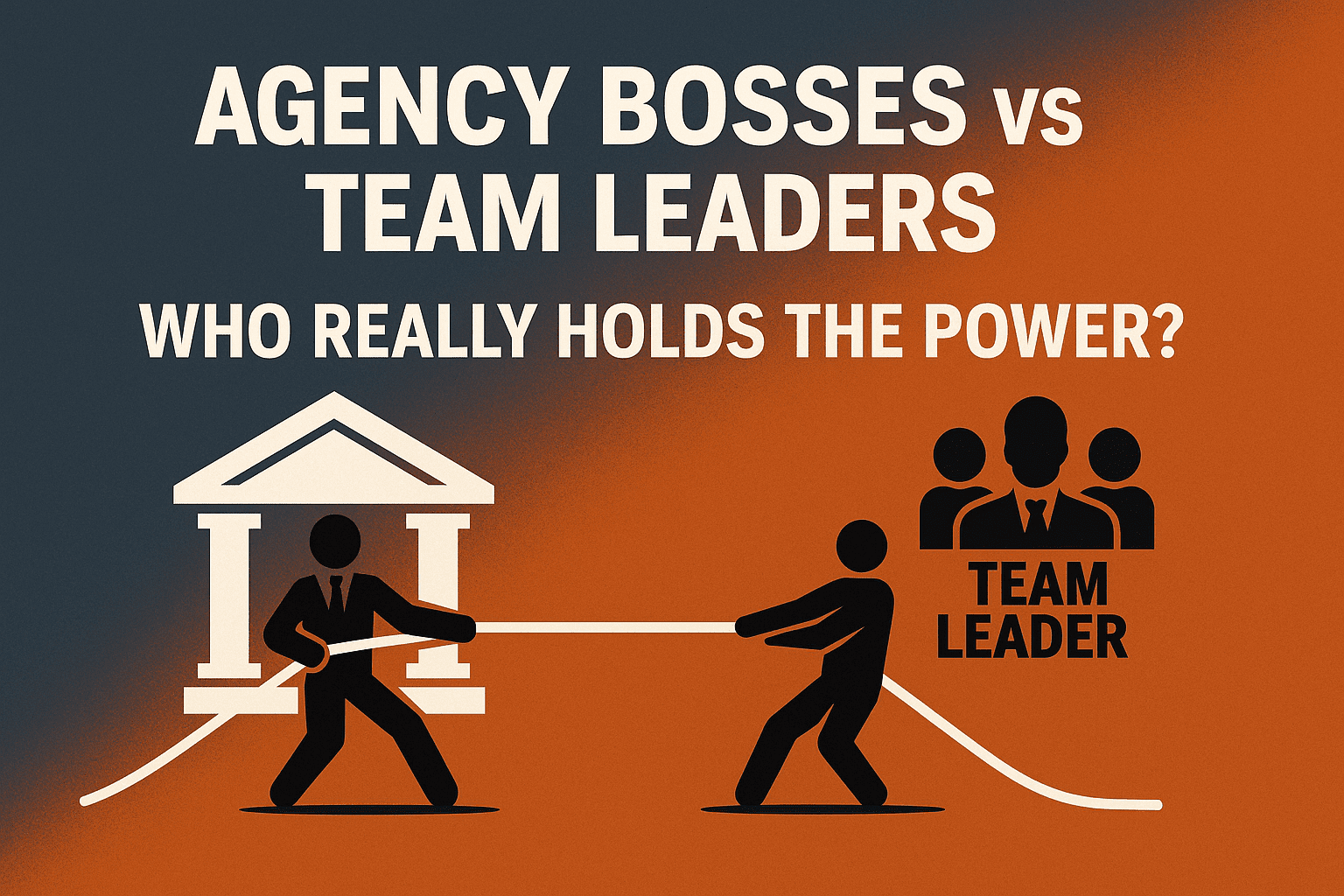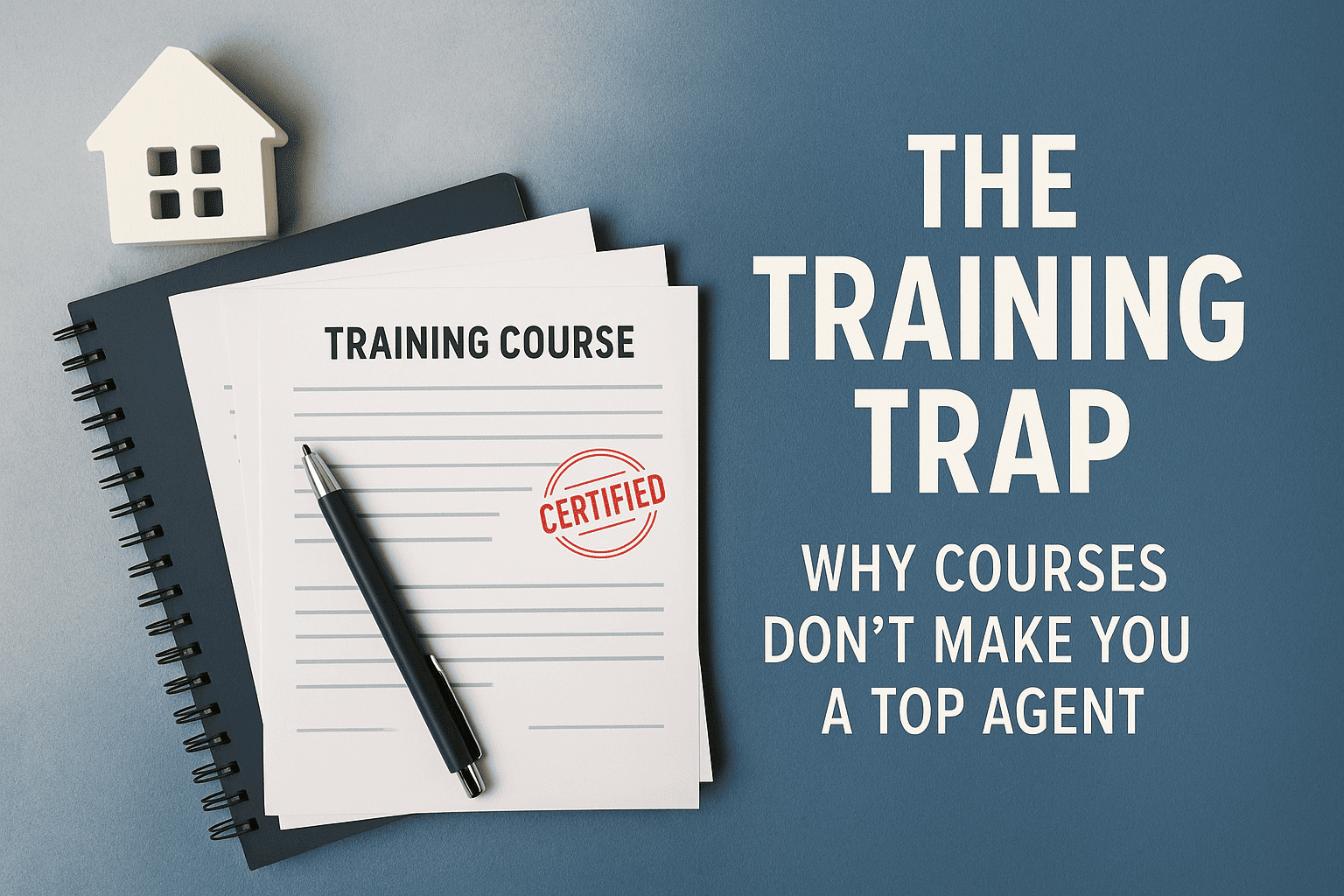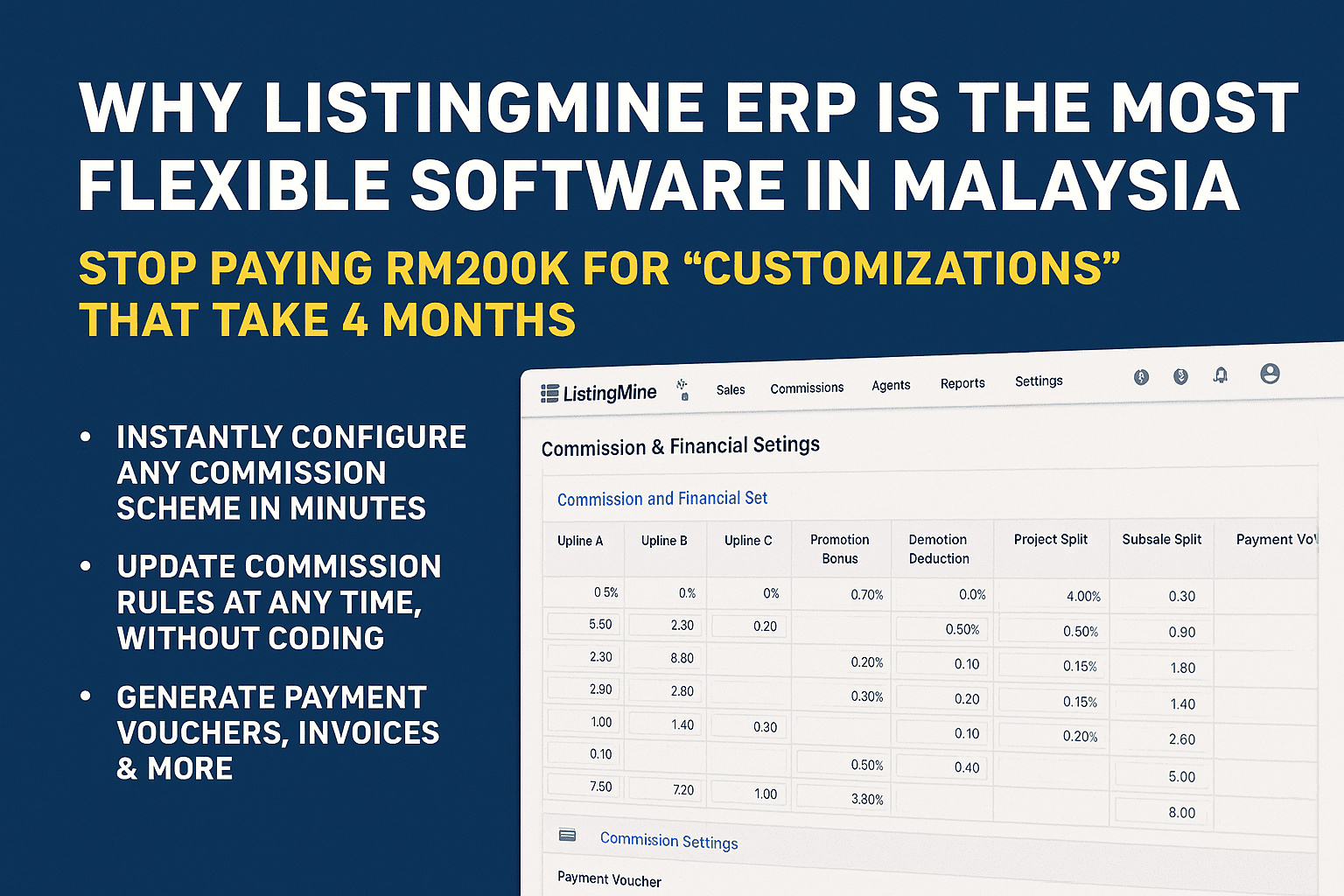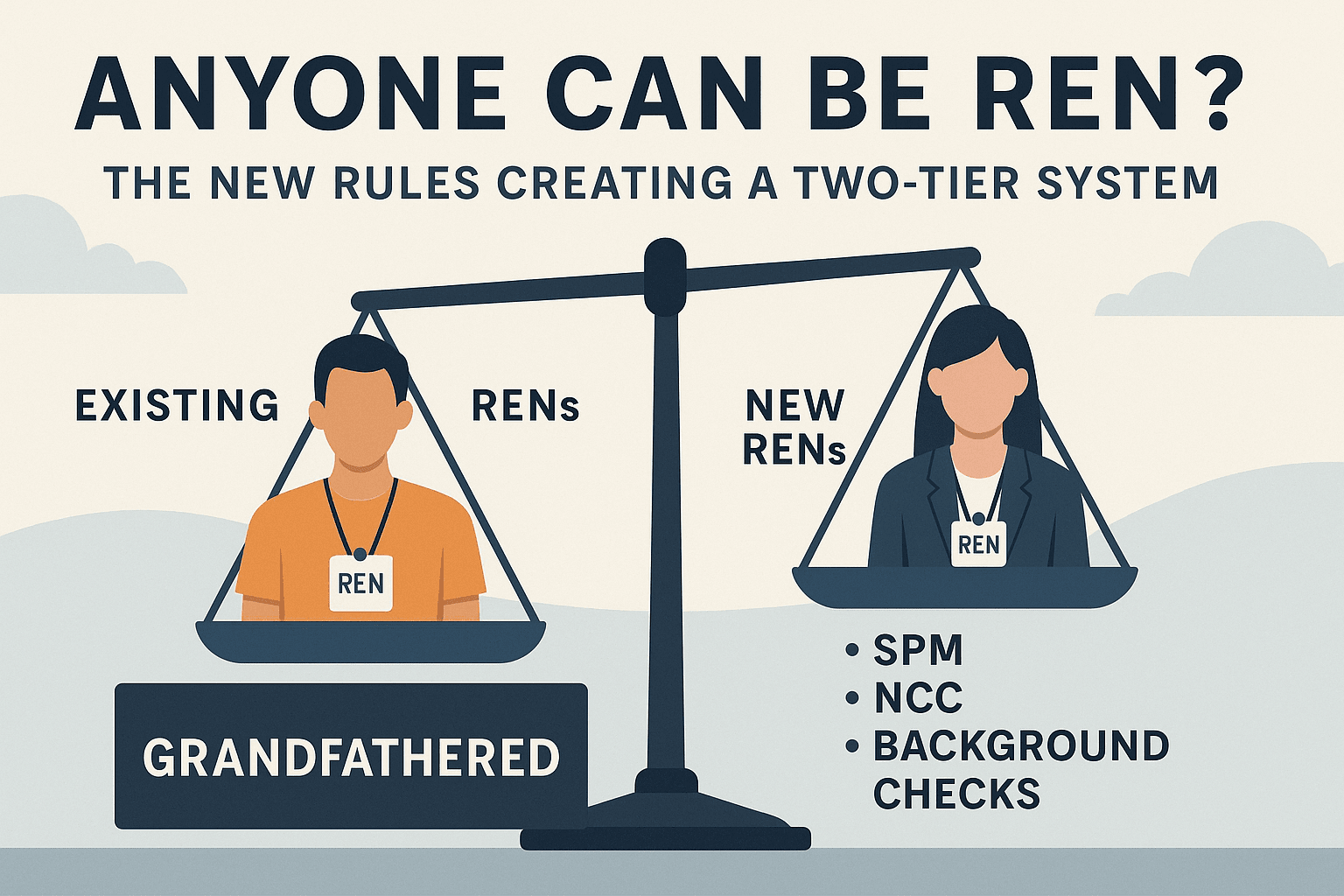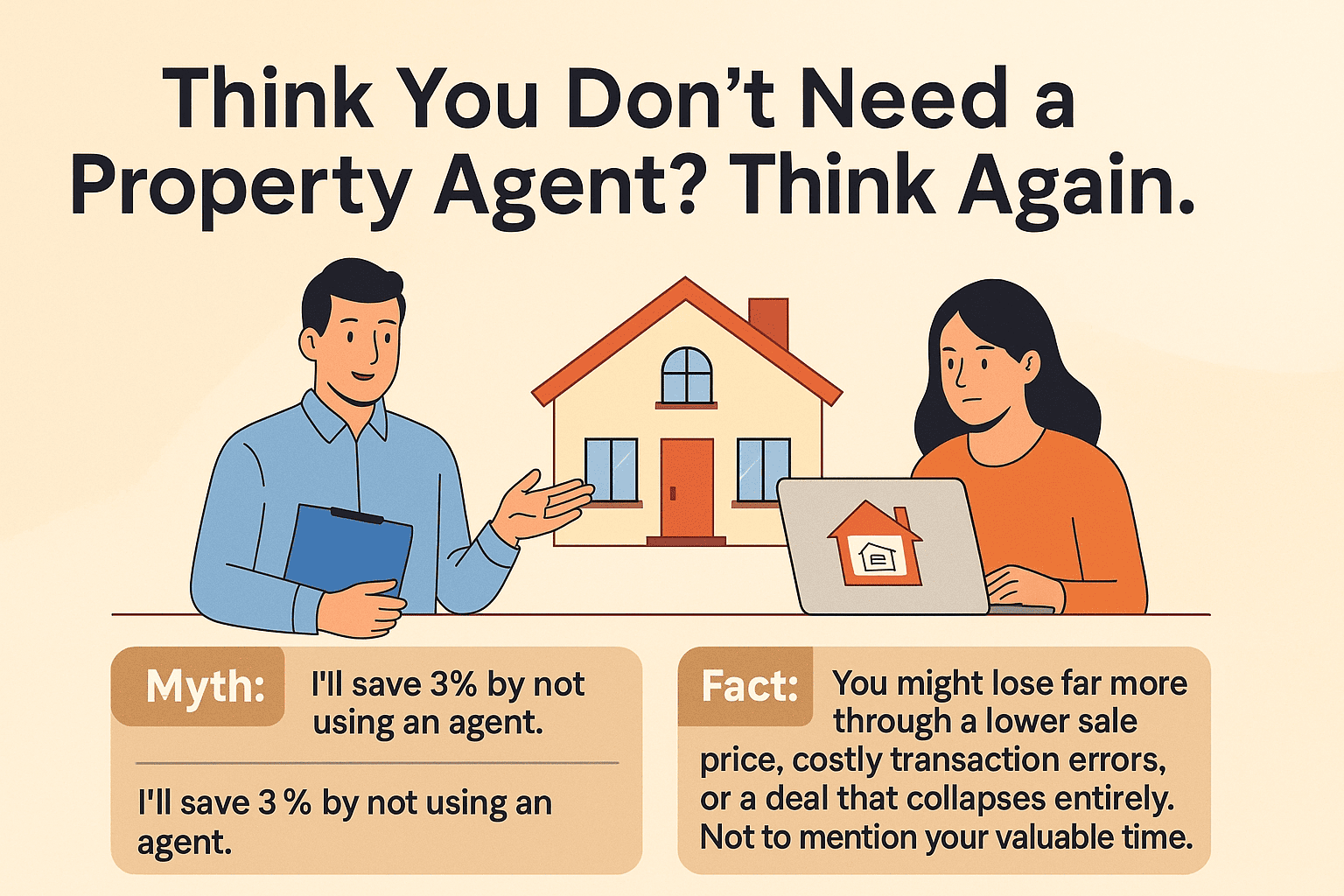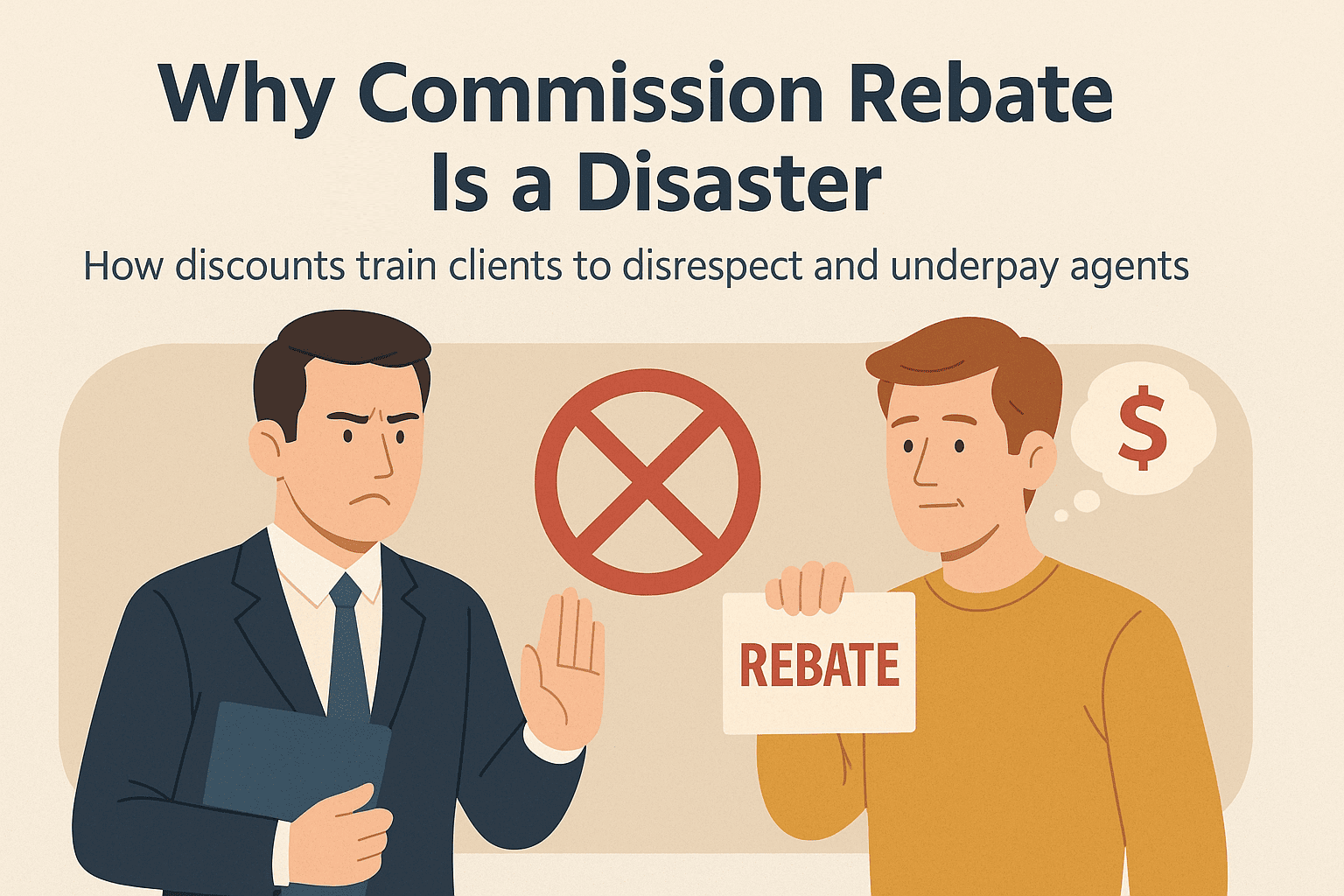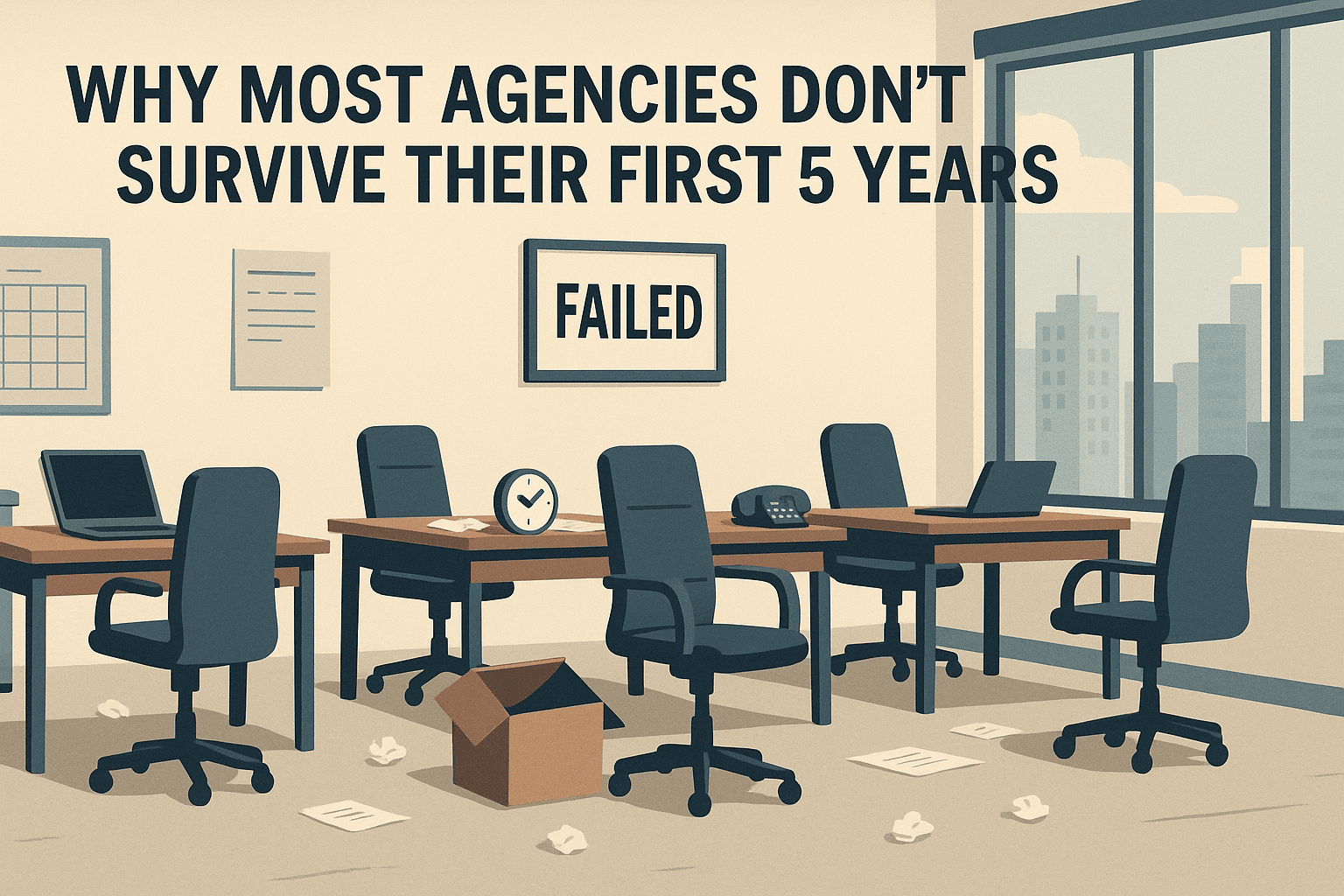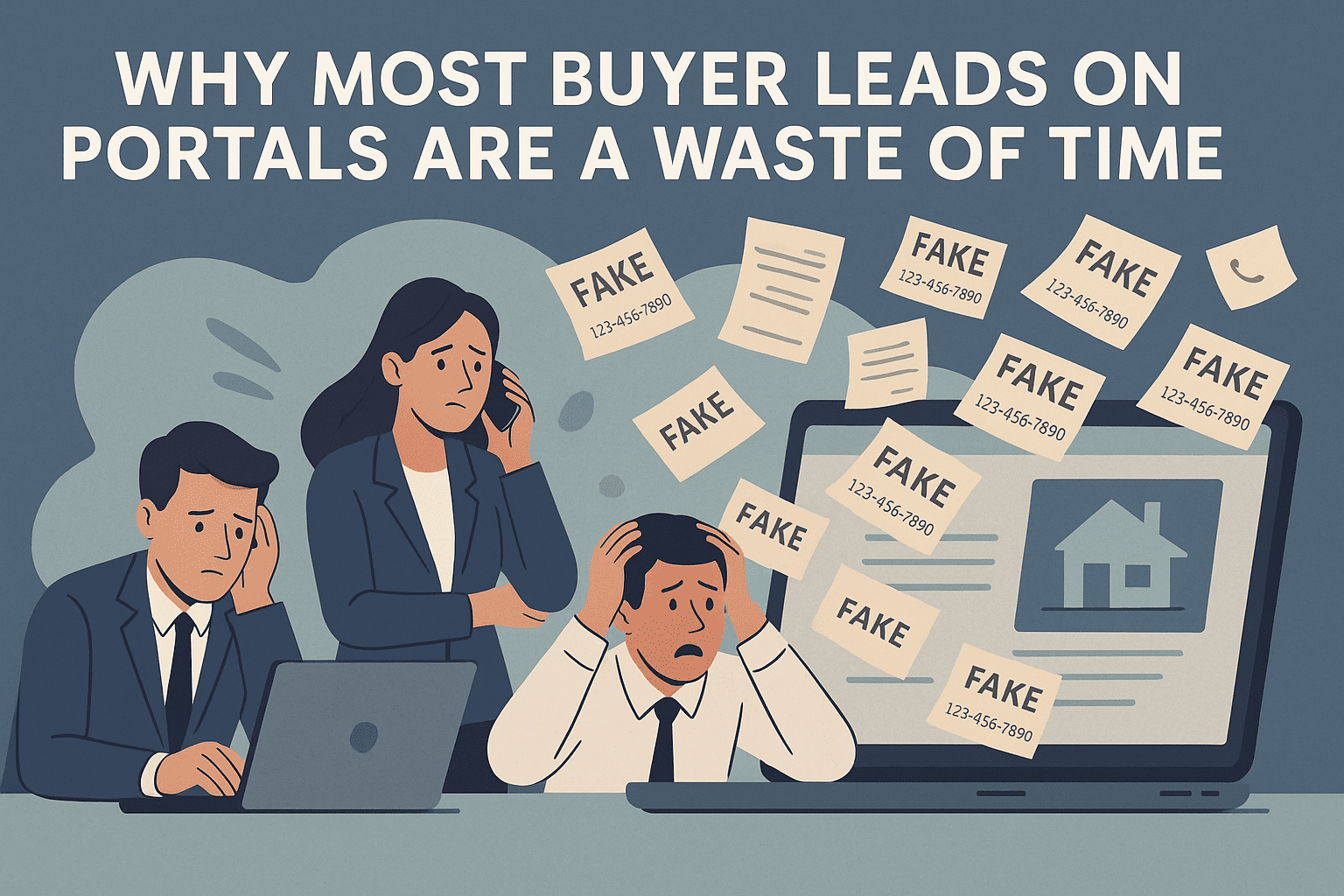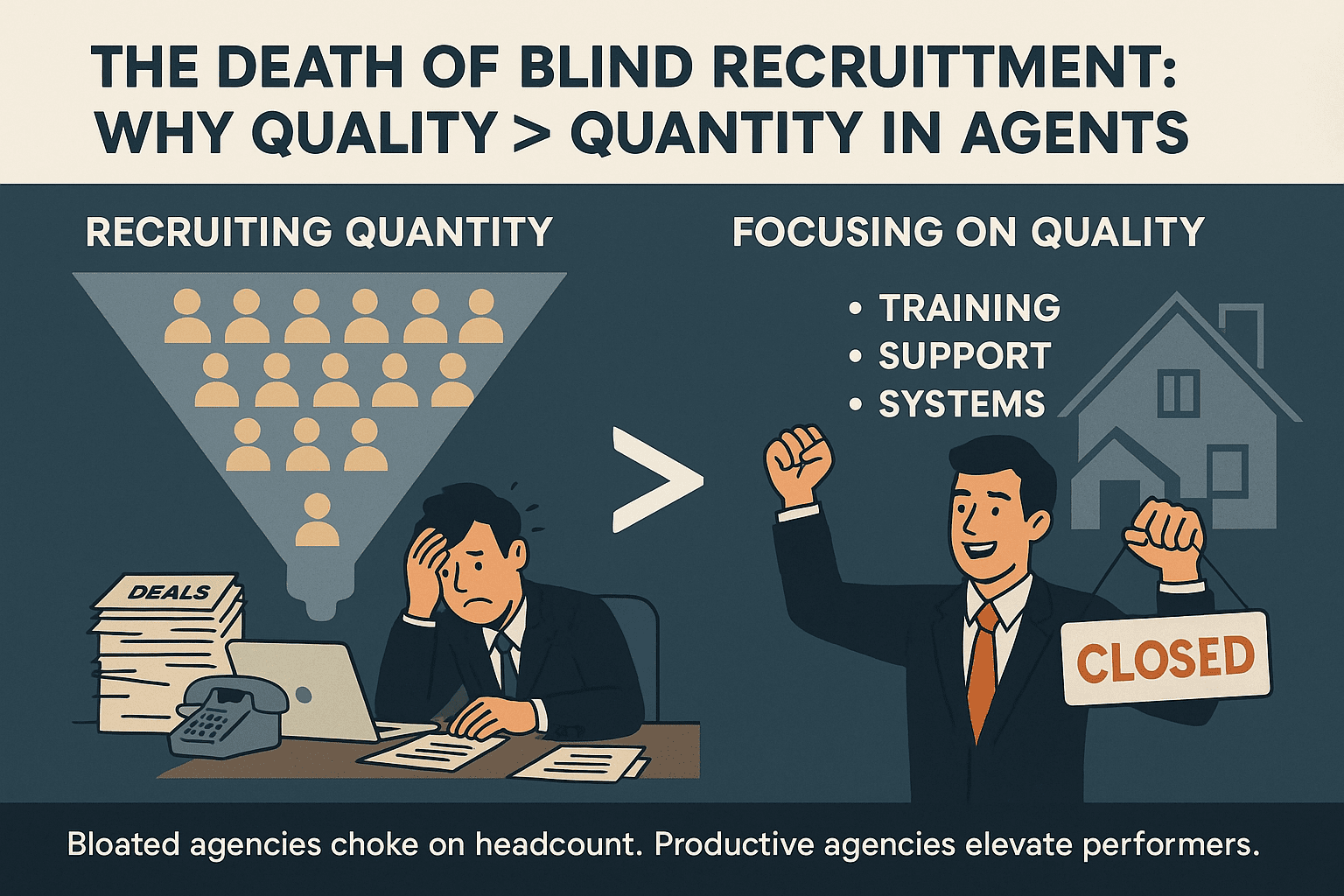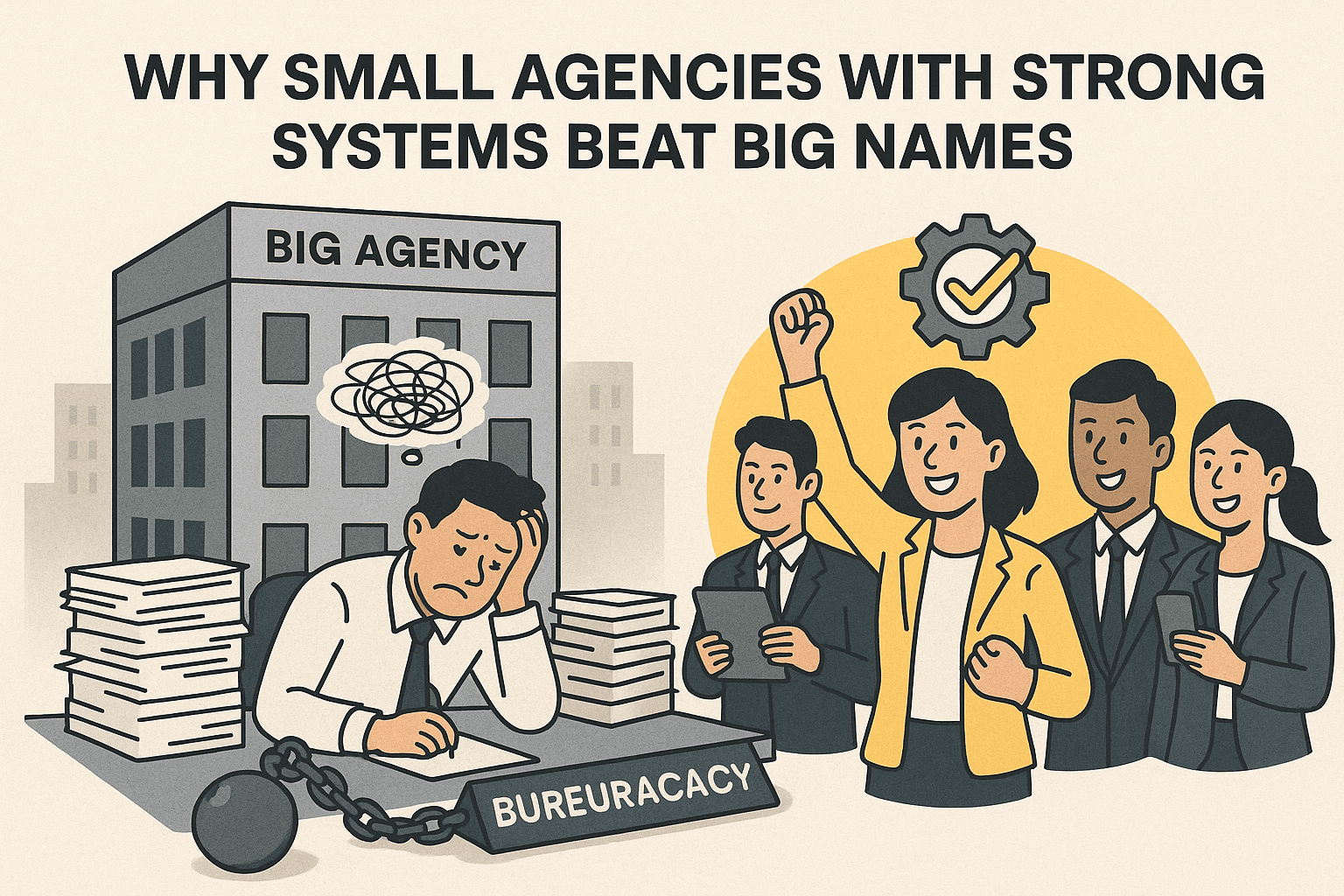Selling the Wrong Property: The Hidden Danger of Skipping a “Pelan Akui” Check
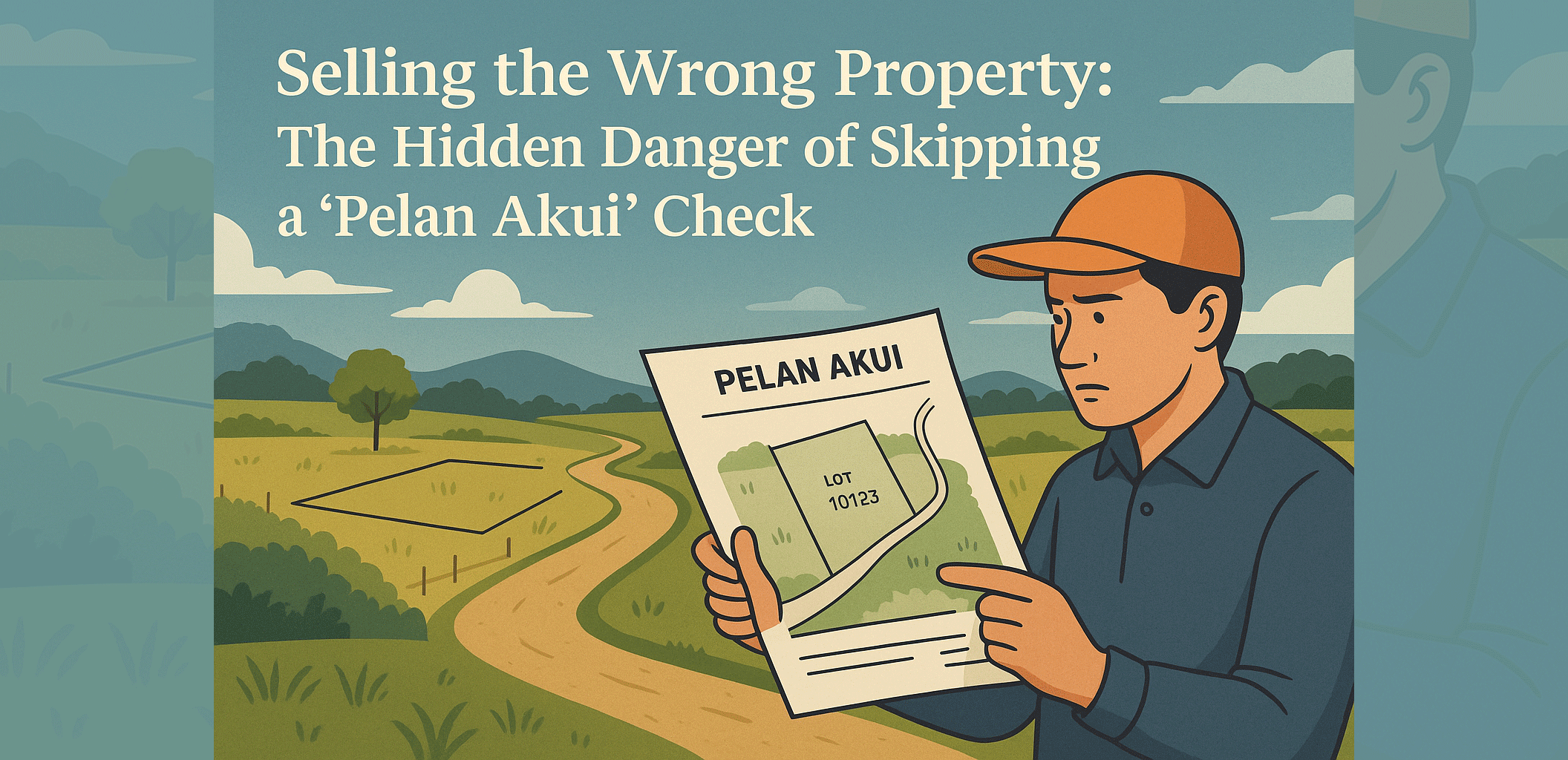
In real estate, nothing is more embarrassing — or dangerous — than selling the wrong property. It happens more often than most agents admit. A seller sends a WhatsApp pin, a quick map screenshot, and a few details:
“Here’s my land, please help me sell it.”
The agent drives over, takes some photos, posts them online, finds a buyer — and celebrates. Until the lawyer calls:
“This isn’t the same lot as stated in the title.”
The property the agent marketed was two lots away from the actual parcel. Same area, similar frontage — but legally, a completely different property.
And now, the agent faces an impossible problem: he marketed, negotiated, and transacted the wrong land.
How This Mistake Happens
It’s not always negligence — it’s often overconfidence.
Most agents assume a title search is sufficient. They get a copy of the title, see the lot number, and move on.
But a title alone doesn’t show exact boundaries or location. It tells you what the land is, not where it is.
In Malaysia, especially for landed and vacant plots, multiple lots in the same area can look identical — similar terrain, access, even fencing.
Without a Pelan Akui (Certified Plan) or updated survey reference, you’re guessing which physical land corresponds to that title.
And guessing has consequences.
Why a “Pelan Akui” is Crucial
A Pelan Akui is the official survey drawing issued by the Department of Survey and Mapping Malaysia (JUPEM). It confirms the exact position, shape, and dimensions of a land parcel, including:
- Lot boundaries
- Adjoining lots
- Coordinates and measurements
- Road reserves and access points
By overlaying the Pelan Akui with current satellite maps or field inspection, you can confirm which piece of land the title truly represents.
Without it, you might photograph, market, and negotiate the wrong lot — especially in rural, subdivided, or estate land areas where physical boundaries aren’t clearly marked.
The Cost of Selling the Wrong Property
Selling the wrong property isn’t a small error — it’s a transactional failure with multiple risks:
- Legal Liability
You’ve marketed a property under false representation.
The buyer can claim misrepresentation or negligence, even after SPA signing. - Professional Credibility
Once word spreads that you marketed the wrong lot, your reputation suffers.
Lawyers, co-broking partners, and serious investors may avoid future deals. - Time and Cost Wastage
Site visits, negotiations, legal paperwork — all gone to waste.
You’ll have to restart the entire process, now with damaged trust. - Dispute Between Seller and Buyer
The seller may refuse to honour the deal if the wrong property was described.
The buyer may demand compensation for lost opportunity.
In short, you lose the deal, the trust, and possibly your legal standing.
How to Prevent This
Here’s how every agent can protect themselves — and their clients — from this expensive mistake:
- Never Rely Solely on WhatsApp Pins
A dropped pin is not proof of ownership.
Always verify the title and location independently. - Obtain the Latest Title Copy
Check the lot number, mukim, district, and area size. - Get the “Pelan Akui” from JUPEM
This certified plan confirms the exact location of the lot.
Overlay it on current maps or printed Google satellite views. - Conduct a Site Visit with the Seller Present
Physically match the boundaries, access road, and surroundings with the plan.
If possible, bring a surveyor or tape measure to verify coordinates. - Check for Recent Subdivisions or Amalgamations
The original lot may have been split or merged — an old title might not reflect this.
Always cross-check with updated survey sheets. - Document Everything
Keep copies of the title, Pelan Akui, photos, and any seller confirmation in writing.
This protects you from blame if disputes arise.
Final Takeaway
When handling land sales, guessing is gambling. You might think you’re selling Lot 1234, but your photos, description, and map point to Lot 1232.
A simple Pelan Akui check could have prevented weeks of wasted effort — and potential lawsuits.
Before you post, pause. Ask yourself:
“Do I really know which land I’m selling?”
If you can’t answer with confidence, don’t market it yet. Because in property, the only thing worse than not selling — is selling the wrong property.



